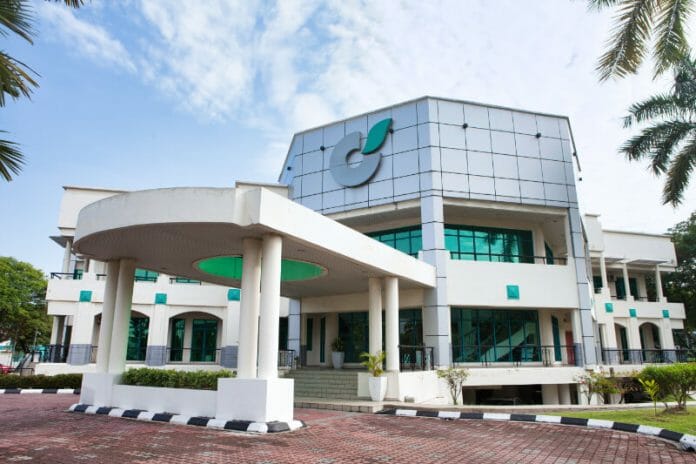Gas Malaysia (GASMSIA)’s 1HQFY23 core profit of RM192.7m made up 55% and 54% of Kenanga Research (Kenanga) full-year forecast and the full-year consensus estimates, respectively.
“However, we consider the results within expectations as we expect a weaker 2HFY23 on lower gas prices,” said Kenanga, suggesting the Market Perform rating and a Target Price of RM0.56.
YoY, despite gas volume sliding 17% to 72.7m GJ, 1HFY23 revenue leapt 25% to RM4.46b on the back of higher gas selling price. The
Malaysia Reference Price (MRP) surged 53% to RM53.2/mmbtu in 1HFY23.
Meanwhile, 1HFY23 core profit dropped 3% largely attributable to lower gas volume as mentioned above. QoQ, 2QFY23 revenue contracted 17% due to lower gas sales volume and lower gas selling price.
However, 2QFY23 core profit rose 3% due to adjustment on a lower internal gas consumption (IGC) cost which reduced to 0.3% from 0.6% previously.
During 1HFY23, GASMSIA had a net addition of six industrial accounts (16 new accounts, partially offset by the non-renewal of
10 existing accounts). Two customers asked for increased supply.
Nonetheless, 1HFY23 sales volume fell 17% to 72.7m GJ from 87.2m GJ previously as mentioned. Glove manufacturers made up 21% of gas volume sold in 1HFY23 as compared to 23% in 2HFY22 and 30% in 1HFY22, respectively.
“We estimated that gas demand for the glove segment fell 12% QoQ to 7.1m GJ in 2QFY23 from 8.1m GJ,” said Kenanga.
GASMSIA believes the demand from glove manufacturers has hit rock bottom as the Jul 2023 number was flattish vs. that of Jun
2023.
Kenanga likes GASMSIA for its strong market position, being a key natural gas retailer in Malaysia, strong earnings visibility underpinned by its ability to retain customers, typically, via 3-year contract, and strong free cash flows generation anchoring a dividend yield of >6%.
However, there is a lack of catalyst given that its earnings have already peaked in FY22 with gas prices easing. Risks to their recommendation include regulatory risk, volatility in margin spread of non-regulated business, and economic slowdown hurting demand for gas.









